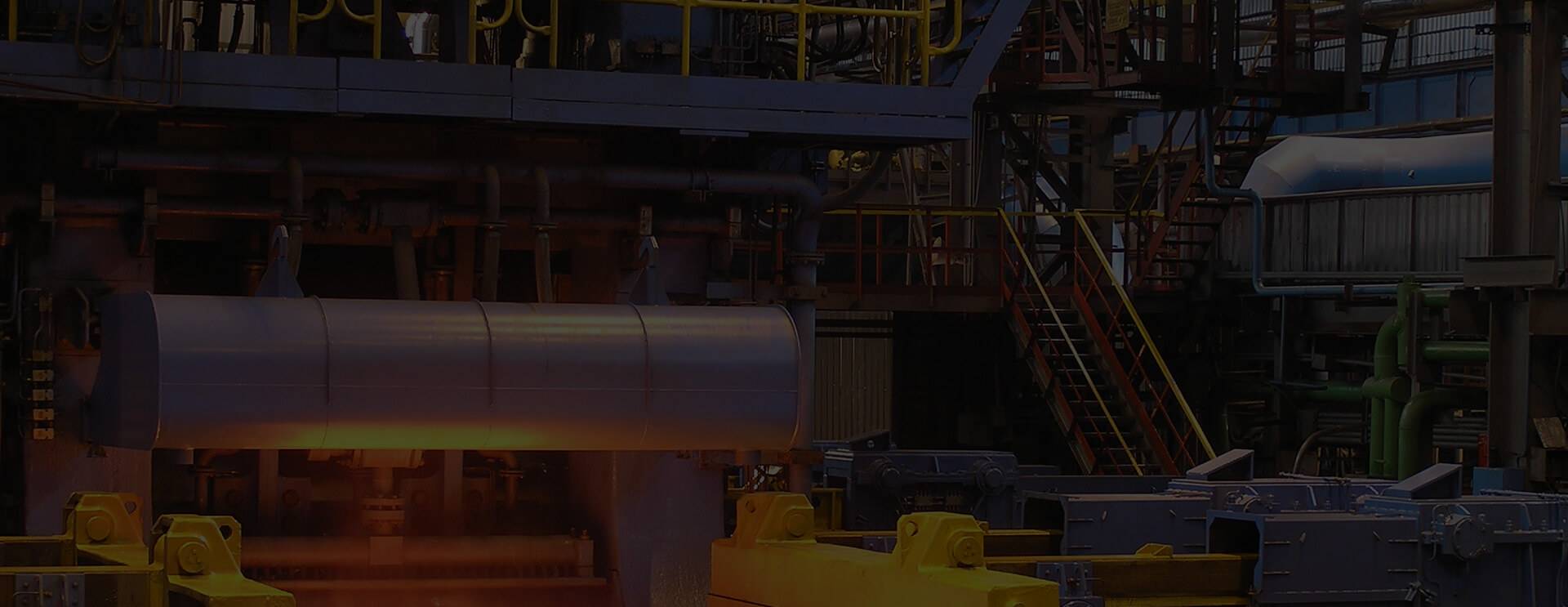loading...
- No. 9, Xingyuan South Street, Dongwaihuan Road, Zaoqiang County, Hengshui, Hebei, China
- admin@zjcomposites.com
- +86 15097380338
- Welcome to visit our website!
Metal Bar Grating - Durable & Versatile Solutions for Industrial Applications
Understanding Metal Bar Grating Structure, Applications, and Benefits
Metal bar grating is a versatile and robust material used in various industries for flooring, walkways, and industrial applications. It is made by welding or forging together metal bars, creating a grid-like structure that allows for excellent load-bearing capabilities while providing open space for water drainage and airflow. This article explores the essential features, applications, and advantages of metal bar grating.
Structure and Composition
Metal bar grating is primarily fabricated from materials such as steel, aluminum, and stainless steel, each offering different benefits based on the application. The bars are typically arranged in a parallel layout, with spacing that can be customized according to specific requirements. The crossbars are welded to the primary bars, creating a sturdy, non-slip surface. Various types of grating include welded, molded, and pressure-locked styles, each suitable for different conditions and uses.
Applications
The applications of metal bar grating are vast and varied. In industrial settings, it is commonly used for flooring in manufacturing plants, chemical processing facilities, and power generation plants. The open design allows for maximum drainage and airflow, reducing slip hazards and the accumulation of debris.
In addition to industrial uses, metal bar grating is also utilized in commercial and municipal projects. It serves as an effective solution for pedestrian walkways, drainage covers, and even in architectural designs such as balconies and stairways. The durability and strength of metal bar grating make it ideal for environments that experience heavy foot traffic or wheeled loads.
Benefits
metal bar grating

1. Durability Metal bar grating is known for its longevity. It withstands harsh conditions, including extreme temperatures, heavy loads, and exposure to chemicals. This resilience translates to lower maintenance costs and fewer replacements over time.
2. Safety The grating's design provides excellent slip resistance, which is crucial in preventing workplace accidents. Many types of metal bar grating feature serrated surfaces or anti-slip coatings to enhance safety further.
3. Versatility The customization options available for metal bar grating, including varying sizes, materials, and coatings, allow it to meet specific project requirements. This adaptability makes it suitable for a wide range of applications across different sectors.
4. Cost-Effectiveness Although the initial investment may be higher than other flooring options, the long lifespan and minimal maintenance needed for metal bar grating contribute to its overall cost-effectiveness.
5. Eco-Friendly Many metal gratings are recyclable, making them an environmentally friendly choice. Their extended lifespan further reduces the need for frequent replacements, minimizing waste.
Conclusion
Metal bar grating presents a strong and reliable solution for various flooring and structural needs across diverse industries. Its unique combination of durability, safety, versatility, and cost-effectiveness ensures it remains a preferred choice for engineers and architects. As industries continue to evolve, the demand for innovative and efficient materials like metal bar grating will likely grow, further solidifying its essential role in modern infrastructure and design.
-
GRP Structures: The Future of Lightweight, High-Performance EngineeringNewsJun.20,2025
-
FRP Water Tank: High-Performance Storage for Corrosive and Clean Water SystemsNewsJun.20,2025
-
FRP Square Tube: The New Industry Standard for Chemical and Structural ApplicationsNewsJun.20,2025
-
FRP Pultruded Profiles: The Ultimate Choice for Lightweight Structural StrengthNewsJun.20,2025
-
FRP Handrails: The Safer, Smarter, and Stronger Choice for Modern InfrastructureNewsJun.20,2025
-
FRP Grating: The Smart Solution for Durable, Lightweight Industrial FlooringNewsJun.20,2025
-
Why Choose a Galvanized Water Tank for Your Storage NeedsNewsMay.21,2025
